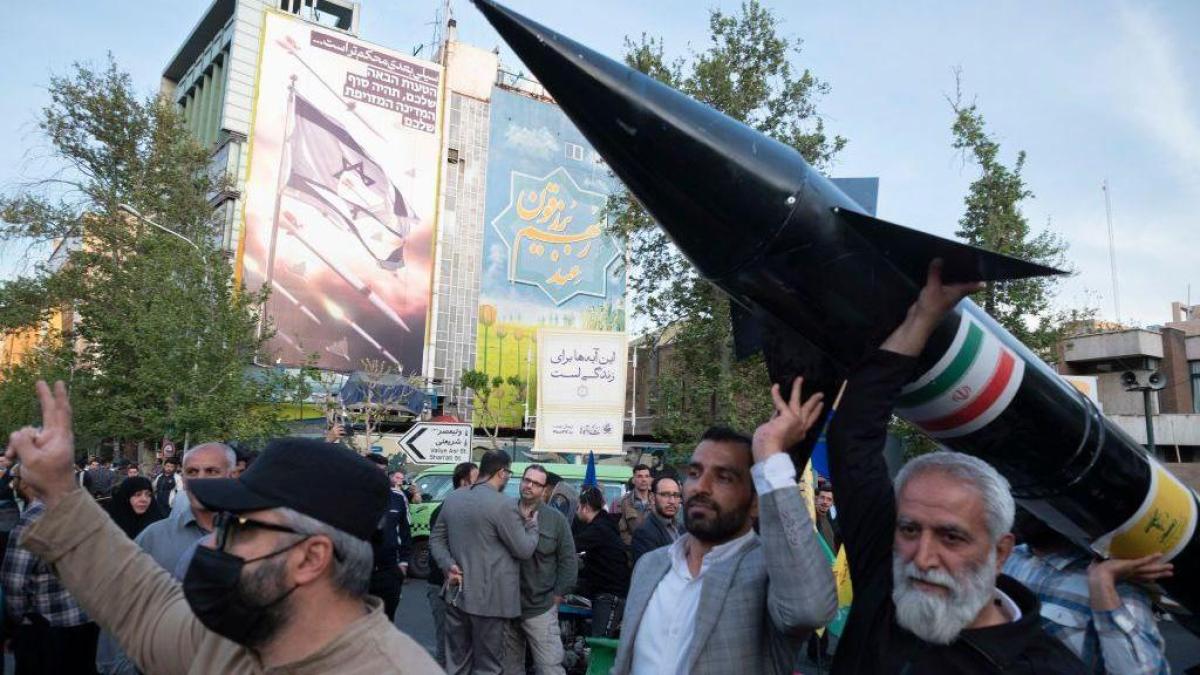Some look like sleeping giants, although from time to time they wake up and put local populations on alert.
In Latin America there are dozens of active volcanoes, but some of them are especially dangerous, either because of its constant activity or because of its destructive potential in the event of a major eruption.
The recent eruption of the Fuego Volcano, in Guatemala, is an example of this. At least 25 people died and dozens were injured. In total, 1.7 million people are affected.
That of Mount Vesuvius, in Italy; that of Eyjafjallajökull, in Iceland, that of Sakurajima, in Japan, and Mount Merapi, in Indonesia, They are considered among the most dangerous volcanoes in the world.
In Hawaii, the Kilauea volcano, another of the most active globally, erupted last May, leaving rivers of lava on Big Island – the largest island in the state – and thousands of people evacuated.
In the list of potentially dangerous volcanoes there are also some Latin American ones. Here are some of them:
1. Popocatepetl, Mexico
With its 5,452 meters high, it is one of the two most active volcanoes, and therefore the most monitored, in Mexico.
Also known as “Popo” or “Don Goyo” it is located between the states of Puebla, the State of Mexico and Morelos, about 70 km southeast of Mexico City, and a major eruption could affect about 25 million people.
Since 1994, a phase of activity began with lava emissions and ash explosions.
In 2016, a 3 km high ash cloud put the state of Puebla on alert.
2. The volcano of Colima, Mexico
It is considered the most active volcano in Mexico, and in recent years it has ejected smoke and incandescent material on several occasions.
With 3,280 meters high, it is located in the limits of the states of Jalisco and Colima.
In 2015 and 2016 its activity, with an intense cloud of ash, forced the evacuation of neighboring communities.
3. The Turrialba Volcano, Costa Rica
The Turrialba volcano is located in the center of the country, about 60 kilometers from San José.
In September 2016, it had the largest eruption in recent decades, spreading a cloud of ash through the surrounding towns.
Since then it has presented numerous expulsions of ashes, gases and incandescent material.
In September 2016, it had the largest eruption of the Turrialba volcano in recent decades.
4. El Galeras, Colombia
Located in the department of Nariño, it is considered the most active volcano in Colombia.
In an eruption in 1993, it killed a group of scientists and tourists whoThey were inside their crater when it exploded.
During the last few years it has maintained a constant activity, with small explosions and the expulsion of ash and occasional smoke.
5. Nevado del Ruiz, Colombia
It is another of the most active volcanoes in Colombia and, according to the Colombian Geological Service, it presents regular seismic activity, as well as ash emissions.
The Nevado del Ruiz, 5,364 meters high and in the coffee zone of the country, caused in November 1985 the worst natural tragedy in Colombian history after an eruption that killed more than 25,000 inhabitants of the town of Armero.
6. Cotopaxi, Ecuador

The Cotopaxi volcano is one of the most monitored volcanoes in the region.
The Cotopaxi volcano, 5,897 meters high, is located about 50 kilometers south of Quito, the country’s capital.
Although its last major eruption took place in 1887, in 2015 it released large clouds of ashes and put the country on alert.
Since then, it is one of the most monitored volcanoes in the region.
7. Tungurahua, Ecuador
The Tungurahua is 5,019 meters high and is located about 180 kilometers south of Quito.
It has been active since 1999, alternating periods of relative calm with others of greater intensity.
8. Ubinas, Peru
It is the most active volcano in Peru located in the department of Moquegua, in the south of the country and is constantly monitored by the Geological, Mining and Metallurgical Institute (Ingemmet).
Between 2006-2009 it registered its last period of high activity, with moderate explosions and the expulsion of ash and smoke. The toxic gases released during the explosions caused extensive damage to nearby plantations.
On its slopes is the city of Arequipa, with close to a million inhabitants, as well as very important nearby infrastructure.
9. Villarica, Chile

El Villarica, in Chile, erupted in March 2015,
In Chile it is estimated that there are approximately 95 active volcanoes.
The one in Villarica, 1,847 meters high and located in the Araucanía region, in a tourist area in the south of the country, is considered one of the most active in the country.
After 15 years without registering significant activity, erupted in March 2015, spewing ash and lava over 1,000 meters high and causing the evacuation of surrounding communities.
10. Calbuco, Chile
After four decades of calm, the Calbuco volcano in southern Chile erupted unexpectedly in 2015.
The column of ash that spit out the crater of the volcano forced the authorities to declare a red alert and to evacuate more than 4,000 people.

The Calbuco volcano, in southern Chile, erupted unexpectedly in 2015.
BBC-NEWS-SRC: https://www.bbc.com/mundo/noticias-america-latina-44357073, IMPORTING DATE: 2018-06-04 14:50:22
#dangerous #volcanoes #Latin #America









